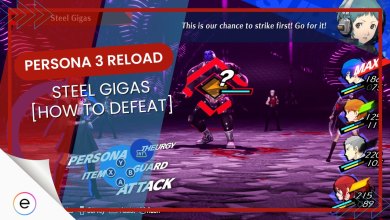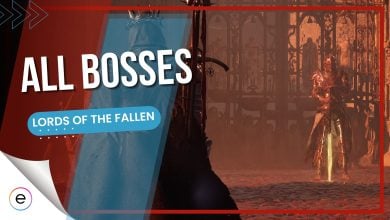Story Highlights
- Graphical innovations can captivate players but often lead to issues and unmet expectations.
- Nintendo’s focus on solid gameplay over groundbreaking graphics highlights its appeal.
- Balancing graphics, gameplay, and optimization is crucial for successful sustainable game development.
The video gaming industry has evolved massively, with graphical innovations playing a significant role. The industry constantly pushes the boundaries of visual fidelity with technologies like 4K textures, bloom effects, ray tracing, and chromatic aberrations.
These advancements have revolutionized gaming experiences, evident in the use of DLSS in Cyberpunk 2077, lens flares in Star Wars Battlefront, motion capture in The Last of Us Part II, and photorealistic rendering in Red Dead Redemption 2. However, this relentless pursuit of graphical perfection is not without its downsides. Game graphics are harming the industry.
Hyper-Realistic Graphics Attract Nasty Bugs
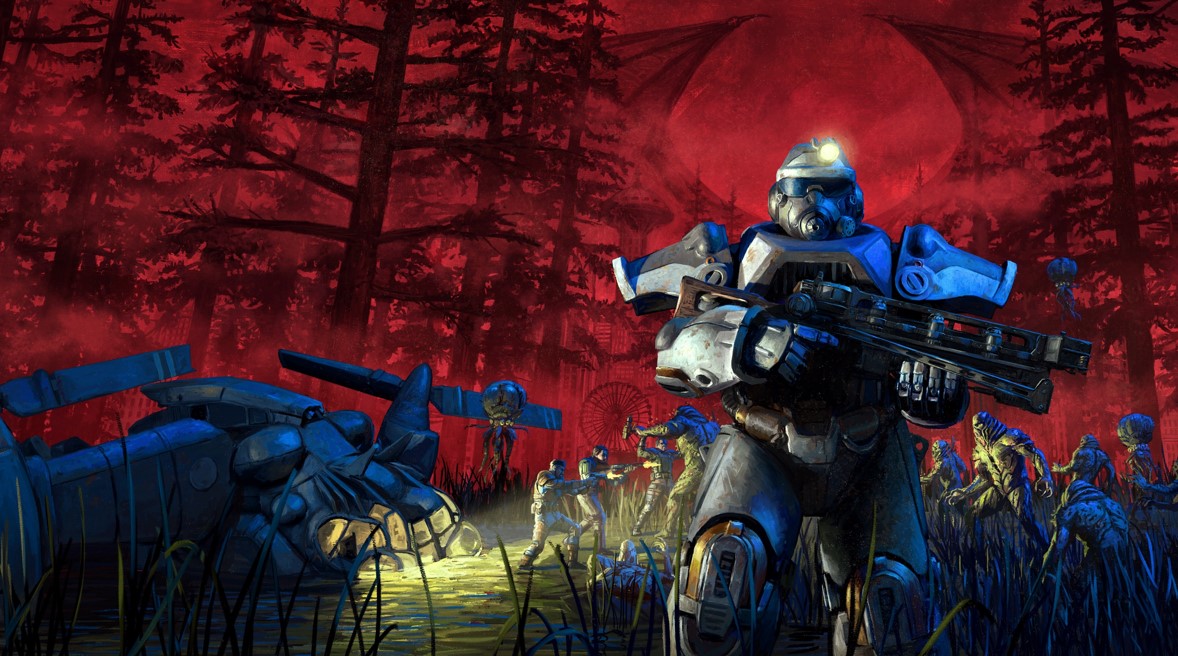
One significant issue accompanying hyper-realistic graphics is the complexity of graphics engines, which often leads to prevalent bugs. Cyberpunk 2077 was highly anticipated for its stunning visuals and engaging gameplay, following CD Projekt’s history of delivering exceptional gaming experiences. However, the game was plagued with numerous bugs and performance issues upon release.
Despite selling 13 million copies in the first ten days, the backlash over these issues led to lawsuits. Glossy trailers and promotional images can also set unrealistic expectations, often disappointing players when they finally play the games. An example of how game graphics harm the industry is Ubisoft’s Watch Dogs, which fell short of the visual fidelity promised in its promotional material.
The Blindness Caused By The Shine Of Graphics

Resource allocation is a critical aspect of game development. The finite nature of resources forces developers to make difficult decisions. An example of this is Ryse: Son of Rome, one of my favorite titles at the launch of the Xbox One. Despite its impressive graphics, many players felt the game fell short due to its lackluster gameplay.
A study revealed that 63% of gamers prioritize graphics over gameplay when choosing a game. This preference was extreme among casual gamers, with 72% favoring graphics, compared to 53% of hardcore gamers.
Success Is Not Attained Via Graphical Powers Only
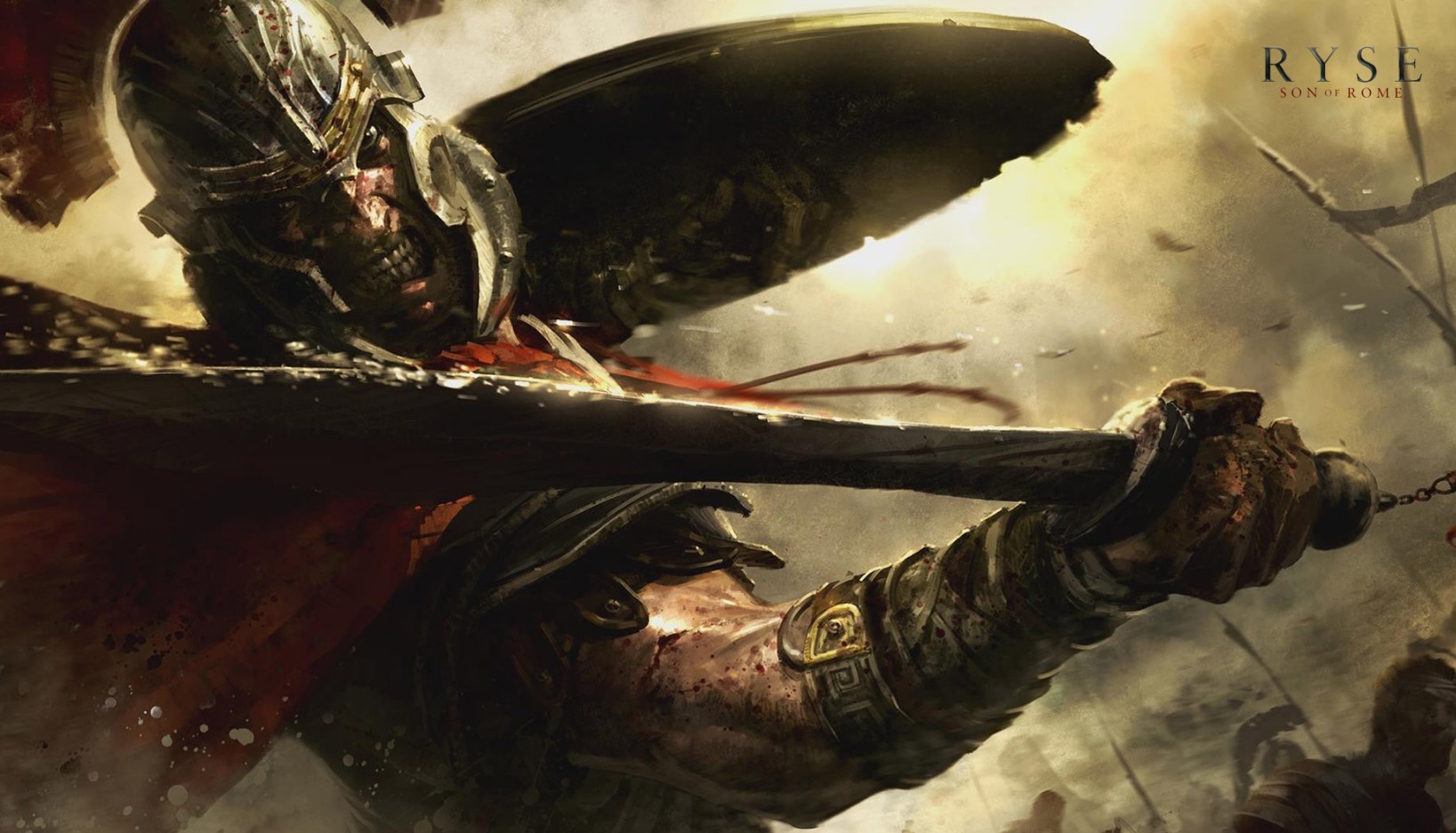
In a world where graphics are often prioritized, Nintendo demonstrates that solid gameplay can triumph over sheer graphical power. The Legend of Zelda: Breath of the Wild is a prime example, with its engaging mechanics and imaginative design. This game sold over 30 million copies worldwide without relying on cutting-edge graphics. The indie game scene also supports this formula.
Titles like Stardew Valley and Celeste are exceptional games with modest graphics but innovative gameplay, showcasing effective resource allocation despite their smaller budgets compared to AAA studios. Stardew Valley, in particular, has also sold over 30 million copies, proving that cutting-edge graphics are not the only thing gamers want.
Excess Of Everything Is Bad
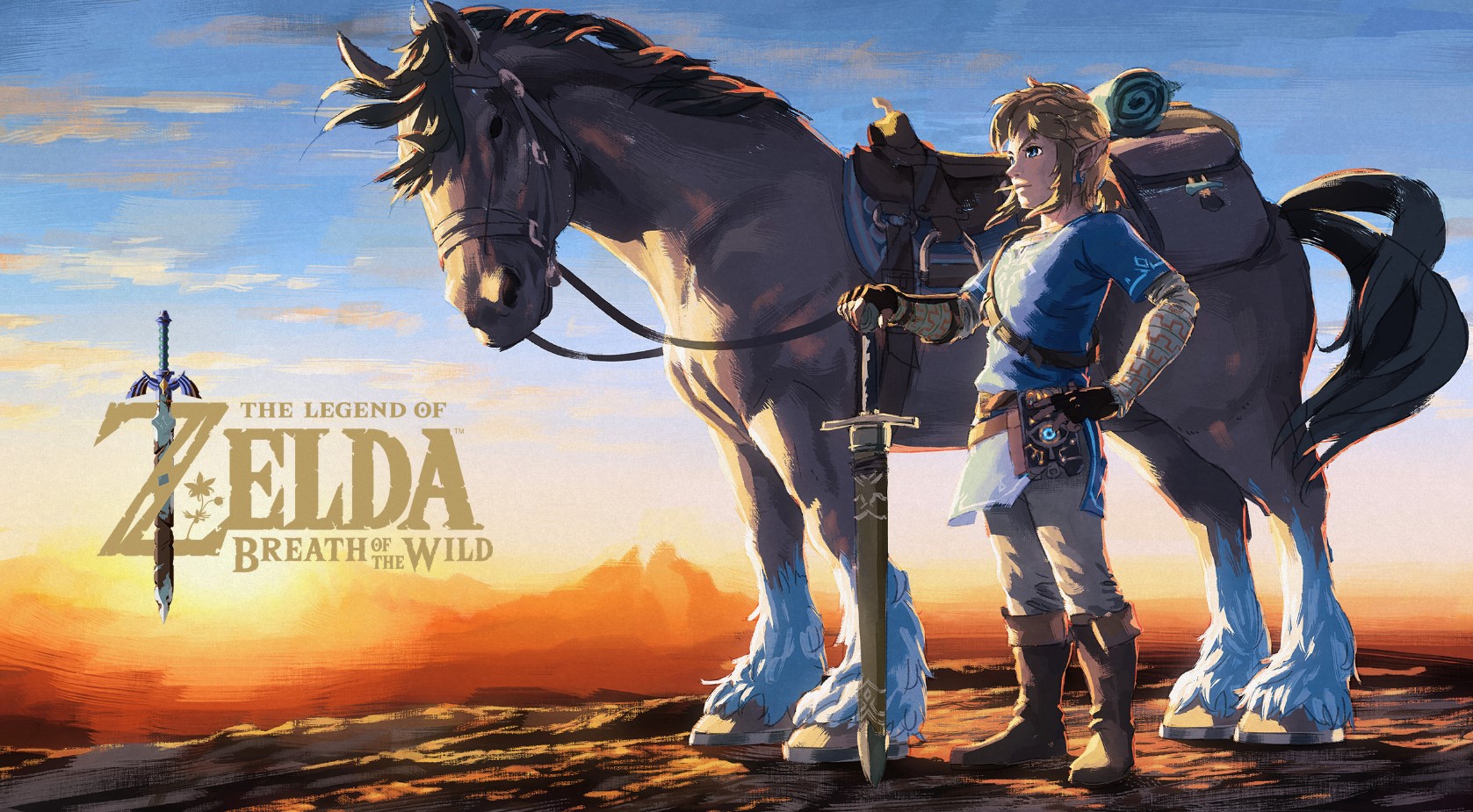
We need to understand that excess of everything is bad. Our brains tend to remember things better when the distractions are less and there is no overload. Have you ever wondered why you remember a classic game more than some of the recent games out in the industry?
The reason behind it is that they were simple and there was no excessive visual information. Stunning graphics can captivate players but if it takes you away from the core gaming experience then leaving a lasting impression is not easy.
The Game Of Blocks Sold 300 Million Copies
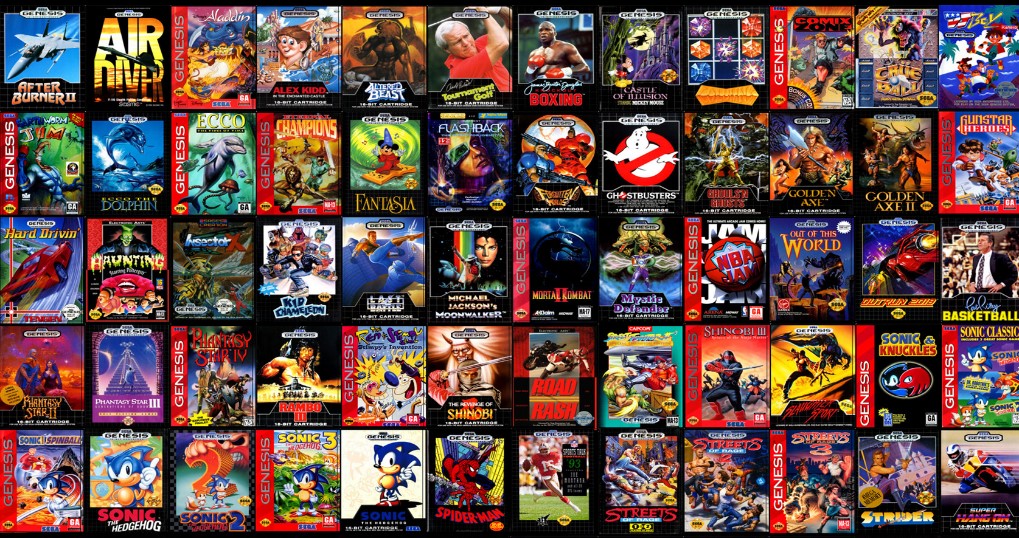
Ultimately, there is a distinction between real graphics and graphic fidelity. Real graphics aim to mimic reality as closely as possible, while graphic fidelity refers to the quality and sharpness of those graphics. The gaming industry must strike a balance, ensuring that advancements in graphic fidelity do not come at the cost of other essential aspects of game development.
For instance, Minecraft’s blocky, simplistic graphics have achieved immense popularity and longevity due to its deep, engaging gameplay mechanics and creative possibilities. With over 300 million copies sold, Minecraft is a testament to gameplay’s importance over graphics.
Gaming Should Offer Lasting Experiences Instead
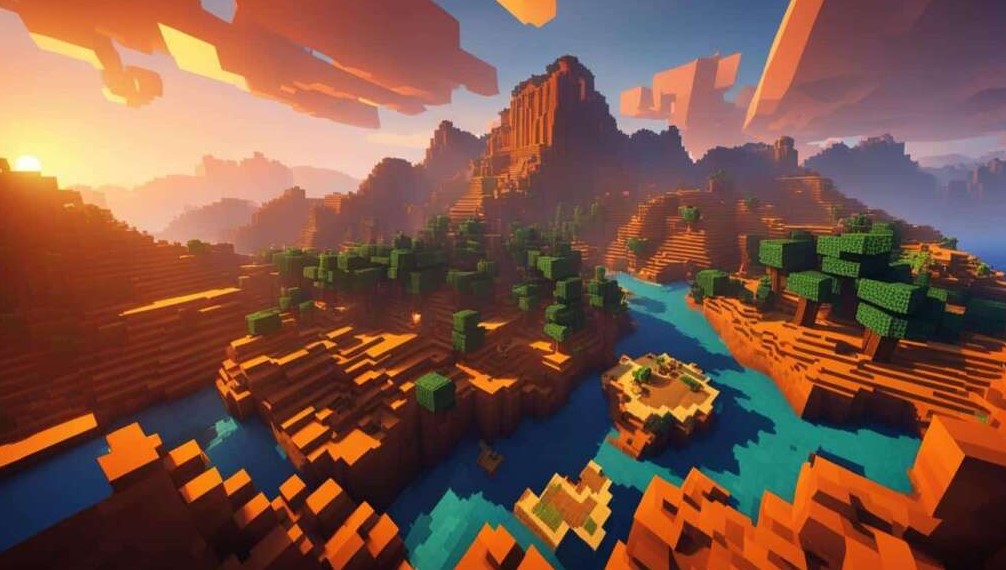
Developers need to remember that a game’s core isn’t just about how it looks, but how well it engages players and creates lasting memories. While good graphics are important, putting too much focus on them at the expense of gameplay can hurt a game’s overall appeal.
Games like Factorio, Deep Rock Galactic, and Noita show this balance well—they’re loved for their fun, challenging gameplay that doesn’t require the latest hardware, making them accessible and enjoyable for more players.
Goodhart’s Law In Gaming
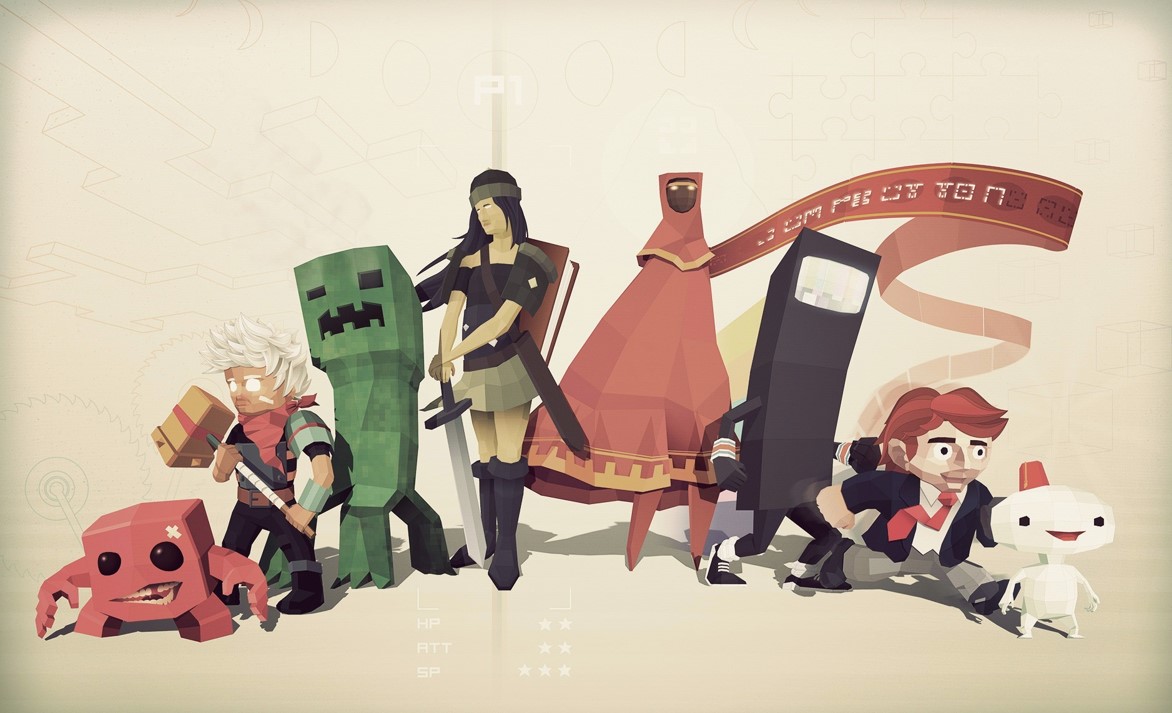
The gaming industry also grapples with another concept: Goodhart’s Law, where once a measure becomes a target, it ceases to be a good measure. The push for better graphics needs better hardware which detracts the developers from making a more efficient game.
Optimization is not given importance and developers rely on hardware to enhance performance leading to major issues. Bethesda’s Fallout 76 is a perfect example of this as it faced criticism for technical problems, bugs, and performance issues, impacting player experience despite its expansive open world and graphical fidelity.
Takeaway
In my opinion, game graphics are harming the industry. They are essential as we now have very powerful gaming devices, but there should not be a massive mismatch in the allocation of resources between graphics and other important aspects like engaging gameplay and a well-optimized game.
Numerous games have achieved greatness without relying a lot on cutting-edge graphics. A balance is required in the gaming industry for a more sustainable and better future for video games.
Thanks! Do share your feedback with us. ⚡
How can we make this post better? Your help would be appreciated. ✍

